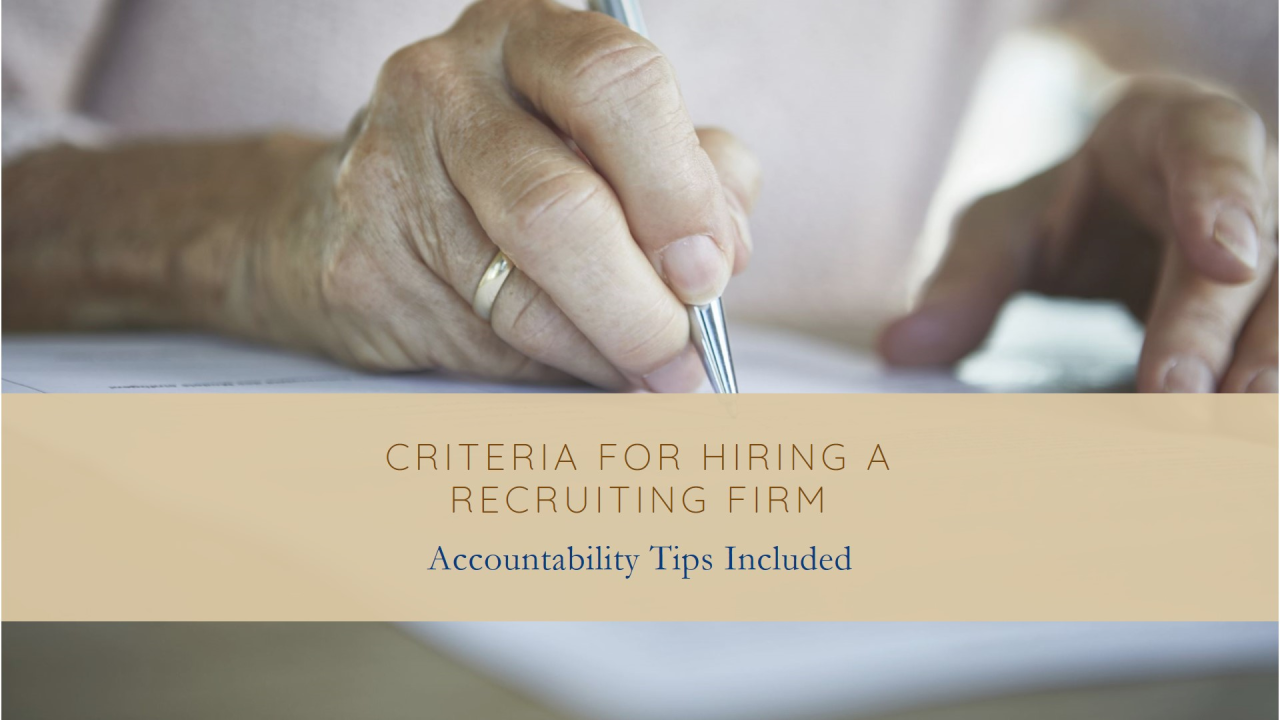Why Cultural Fit Matters When Hiring – And How to Assess It
Why Cultural Fit Matters When Hiring – And How to Assess It

Why Cultural Fit Matters When Hiring – And How to Assess It
Hiring the right talent goes beyond matching a candidate's skills to a job description. Cultural fit is increasingly recognized as a critical factor in ensuring long-term employee success and retention. When employees align with an organization's values, work style, and mission, they are more likely to thrive, collaborate effectively, and stay committed. Here's why cultural fit matters and how you can assess it during the hiring process.
Why Cultural Fit Matters
- Employee Retention: When employees resonate with the company's culture, they are more satisfied with their roles and less likely to seek other opportunities. A strong cultural fit can reduce turnover, saving costs associated with hiring and onboarding new staff.
- Team Cohesion: Culturally aligned employees integrate seamlessly into teams, fostering collaboration and enhancing productivity. When team members share similar values, communication is smoother, and conflicts are easier to resolve.
- Performance and Engagement: Employees who fit well with the organizational culture are more engaged and motivated. They understand the company's mission and goals, and their commitment leads to higher performance levels and a greater sense of purpose.
- Adaptability to Change: When your workforce shares common values, adapting to changes such as mergers, new leadership, or strategic shifts becomes more manageable. A shared culture creates a foundation of resilience, allowing teams to navigate challenges with less resistance.
How to Assess Cultural Fit During Hiring
- Define Your Company Culture: Before assessing candidates, clearly define the core values, mission, and behaviors that shape your company’s culture. Consider aspects like leadership style, communication practices, work-life balance, and decision-making processes.
- Incorporate Behavioral Interview Questions: Use questions that reveal how candidates have approached situations in the past and align with your cultural values. For example, if collaboration is a core value, ask about times they worked in a team to overcome challenges.
- Evaluate Work Style and Environment Preferences: Assess how candidates like to work and whether it matches your organization's environment. For instance, if your company has a flat hierarchy, a candidate who thrives in structured, hierarchical settings may struggle.
- Involve Team Members in the Interview Process: Have potential colleagues or team members meet the candidate. They can provide insight into whether the candidate's personality and working style would mesh well with the team dynamic.
- Assess Alignment with Company Values: Ask candidates about what motivates them and the kind of company culture they perform best in. Look for genuine responses that reflect alignment with your organization's values, rather than rehearsed answers.
- Use Cultural Fit Assessments and Tests: Some tools and assessments can provide additional data on how candidates' values and personality traits align with your company's culture. These tools can complement other evaluation methods.
Avoid Overemphasizing Cultural Fit
While cultural fit is essential, it should not overshadow the importance of diverse perspectives and experiences. Companies must balance hiring for cultural fit with fostering diversity and inclusion. Prioritizing shared values while embracing different backgrounds, thoughts, and approaches can enhance innovation and adaptability.
Conclusion
Cultural fit plays a crucial role in hiring decisions, impacting retention, engagement, and team dynamics. By understanding its significance and employing effective assessment techniques, companies can hire employees who not only meet job requirements but also thrive in their unique cultural environment.









